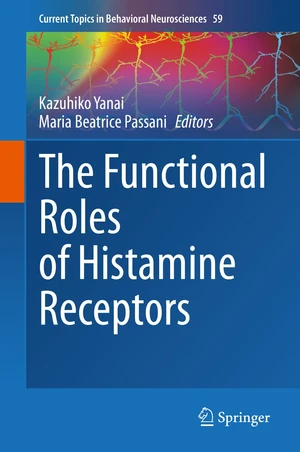Research in the field of histamine receptors over the past 100 years went hand-in-hand with the development of modern pharmacology. Advances in histamine research led by outstanding scientists was so incisive that the clinical approach to treat allergies and gastrointestinal ailments was revolutionized. The pharmacological treatment of peptic ulcer and gastroesophageal reflux was indeed a revolution, as it ended the surgical intervention. Interest in histamine pharmacology was resurrected by the discovery of another histamine receptor, number 4, using genomics-based reverse pharmacological approaches for screening orphan GPCRs. This receptor is preferentially expressed by immune cells and its discovery raised hopes for its translational exploitation as a new therapeutic target for unmet medical needs ranging from asthma to cancer. However, several drawbacks emerged and dramatically slowed down research in the field. A better understanding of receptor intra-and interspecies heterogeneity will certainly improve and accelerate the translation of experimental data into clinical practice. Also, the plethora of data on brain histamine is hinting at a fundamental role of this system as a hub that receives internal and peripheral stimuli to allocate the necessary excitation to specific brain circuits that preside the appropriate behavioral responses. The development of new histaminergic ligands is an ongoing process that constantly provide new preclinical tools. The aim of this book is to cover the most important aspects of histamine receptor function and pharmacology in the central nervous system and to provide a comprehensive overview of the preclinical and clinical advances made in recent decades and the exciting prospects for the future. It highlights the clinical areas where there is a great need for new therapeutic approaches and where novel histaminergic agents may be useful for personalized medicine.
Price history
Oct 2, 2022
€179.14

